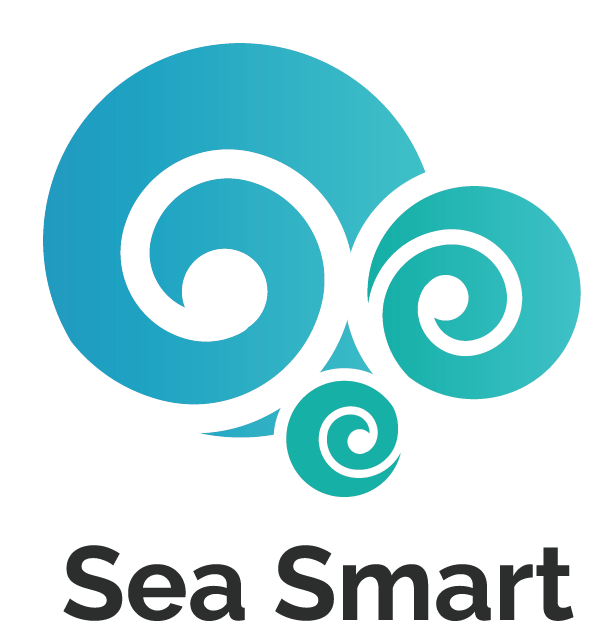Activity - Sustainable Seafood
By Brittany Ahmann, Environmental Educator, Sea Smart
The learning concepts of this activity are best suited for late elementary or early secondary age children, but the activity itself can be fun for any budding ocean enthusiast.
Did you know?
The blue beads represent our target species while the red represent bycatch.Many seafood products are harvested in ways that threaten our ocean. Some methods and regulations allow us to take too much too fast, damage habitats, or are not selective (1). Bycatch is a term that refers to an animal that was caught, but was not the intended target of the fishery. Dolphins, porpoises, seals, sea lions, sea turtles, and even marine birds are threatened by bycatch (2). One way to help teach our families about bycatch is through this simple activity:
What will you need?
Opaque bag
Beads (at least two colours/shapes)
Small net
Step by step instructions:
1. Place beads in the bag. Ensure you have ~60% of one type and ~40% of the other. The majority will be what they want to catch while the others are bycatch.
2. Have the kid use their net to ‘fish’ the beads from the bag, no looking!
3. Count how many bycatch beads they caught.
4. Have them think of ways to reduce the bycatch i.e. using a different net, their hand or having 10 seconds to try and pull out the bycatch beads after ‘fishing’.
Why this matters:
Seafood is an important source of protein for people all around the world. However, it is estimated that 40% of global marine catches is bycatch (3)! By choosing sustainable seafood options such as Ocean Wise recommended products, you can know that the products your family consumes were caught in a way to limit bycatch (1).
Liked this experiment?
Show us your experiments on social media and check out our other marine biology activities to do during school closures!
Bibliography
1. Ocean Wise. (n.d.). Ocean Issues. Ocean Wise Seafood. Retrieved March 19, 2020, from https://seafood.ocean.org/sustainable-seafood/ocean-issues/
2. NOAA. (n.d.). What is bycatch? Retrieved March 10, 2020, from https://www.fisheries.noaa.gov/node/251
3. Davies, R. W. D., Cripps, S. J., Nickson, A., & Porter, G. (2009). Defining and estimating global marine fisheries bycatch. Marine Policy, 33(4), 661–672. https://doi.org/https://doi.org/10.1016/j.marpol.2009.01.003



